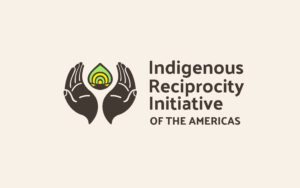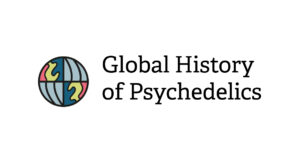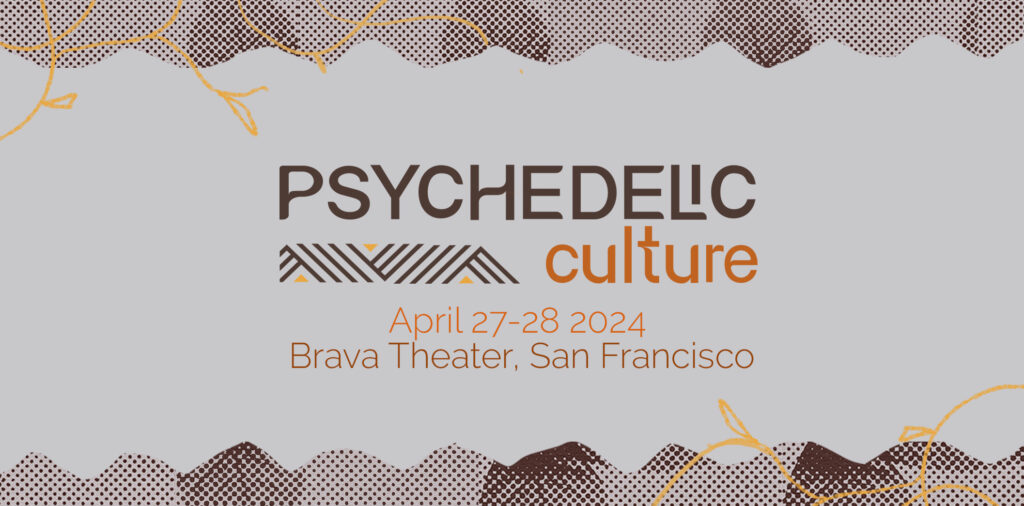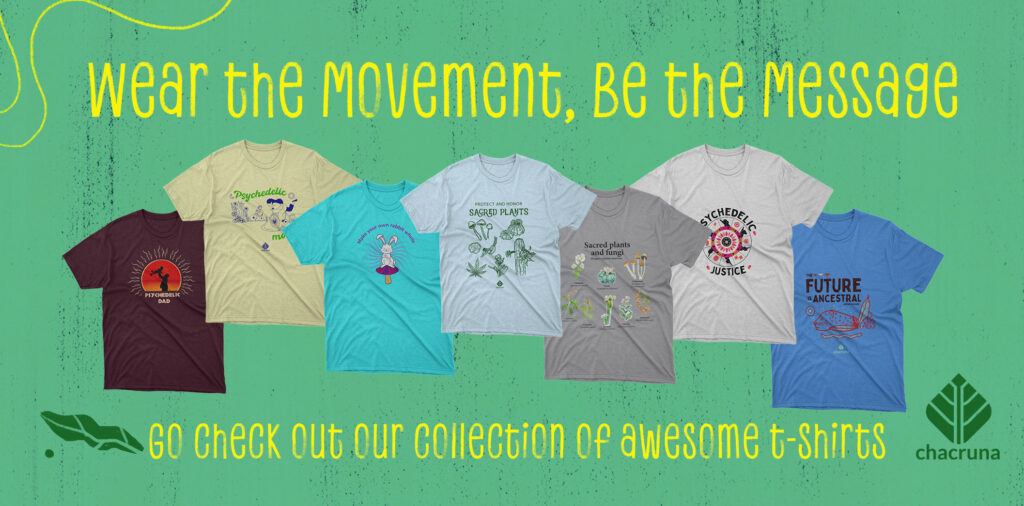- The First Applications of LSD-25 in South America (1954-1959) - March 13, 2024
- The First Applications of LSD-25 in South America (1954-1959) - March 13, 2024
The results of the first LSD-25 experiments administered to humans with the aim of investigating its effects on the psyche were published in 1947. Its author, University of Zurich Psychiatry Professor Werner Stoll (1915–1995), was the son of Arthur Stoll, director of Sandoz Laboratories in Basel and where Albert Hofmann first synthesized LSD in 1938. By virtue of the symptoms which accompanied its consumption, Stoll characterized LSD as a phantasticum, following the classification suggested in 1924 by German chemist Louis Lewin to describe drugs which modify sensory perceptions, bring about hallucinations, and alter consciousness. Given these properties, psychiatrists began to consider the possibility of using as a research tool this new substance, that Sandoz made available under the name Delysid, recommending psychiatrists to self-administer the drug in order to gain an understanding of the subjective experiences of people suffering schizophrenia.
Our chapter in Expanding Mindscapes explores a forgotten chapter in the history of LSD: its first applications in South America in the mid-1950s.
In 1949, German-born Psychiatrist Max Rinkel (1894–1966) began spreading the word about LSD in the US. Gradually, it was no longer considered a phantasticum but a substance capable of producing temporary psychosis, a psychotomimetic. Although it would eventually be applied in a variety of conditions (alcoholism, terminally ill patients, and even as a “cure” for homosexuality and frigidity), LSD was first used in research into psychosis and, later on, in the treatment of this condition. The substance was administered to healthy volunteers and used to provoke a transient psychotic state similar to schizophrenia in order to allow researchers to study the disorder under experimental conditions. In this context, and by virtue of renewed interest in this substance, our chapter in Expanding Mindscapes explores a forgotten chapter in the history of LSD: its first applications in South America in the mid-1950s.
Find more information on the upcoming Psychedelic Culture Conference.
These early encounters were carried out in a context similar to those in the US, which had itself assimilated a European psychiatric tradition. LSD’s potential for the experimental study of psychosis was a common feature of the first publications written by young psychiatrists dedicated to this substance in the South American region. In light of the first publications in Chile, Brazil, Argentina, Perú, Venezuela and Uruguay, that appeared between 1954 and 1959, it is possible to detect some general features, as well as certain exceptions that also deserve to be considered.
These early encounters were carried out in a context similar to those in the US, which had itself assimilated a European psychiatric tradition.
First, for the most part, psychiatrists carried out isolated experiments that did not go on to continue this initial research—in fact, many of these experiments seem to be efforts to reproduce or verify the results of European or American researchers. Furthermore, each of these experiments were remarkably isolated from those being carried out by colleagues elsewhere in the region. Indeed, it is not clear that there was any meaningful network or direct influence among those writing and publishing LSD studies in Latin America at this time; each researcher seems to have been relatively isolated in their own local context.

Discover the Indigenous Reciprocity Initiative of the Americas
In terms of LSD research in its broader global context, this early “South American model” of psychiatric research was abandoned shortly thereafter in light of the gradual abandonment of the “toxic model” of psychosis and the beginning of modern psychopharmacology that simultaneously emerged in the early 1950s. It is well known that this does not imply that the use of LSD was abandoned within psy disciplines. As previously indicated, towards the early 1960s the substance began to be seen in a different light, and to be used in a different field with different subjects. Indeed, as LSD became no longer widely viewed as a psychotomimetic but as a hallucinogen, its use as an adjunct to psychotherapy—essentially for neurosis—became mainstream. In this sense, the Uruguay psychiatrist Rey Tosar can be considered as a kind of “South American missing link”: his publications towards the end of the 1950s show his passage from LSD’s initial psychotomimetic experimental framework to its therapeutic application, a transition that none of his colleagues in the region appeared to have made.
This application thus began a new chapter in the history of LSD, allowing its use to become widespread and making the substance famous beyond the restricted circle of psy professionals and institutions, even reaching certain local avant-garde movements. In addition, some regional figures emerged, such as Alberto Fontana (Argentina) and Claudio Naranjo (Chile), who were able to connect their work with European and North American centers of scientific production until the early 1970s.
Art by Mariom Luna.
Note: This is an abridged version of Hernan Scholten and Gonzalo Salas’ chapter, “The First Applications of LSD-25 in South America (1954-1959)” in the edited collection, Expanding Mindscapes: A Global History of Psychedelics, released in November 2023 with MIT Press.
Shop our Collection of Psychedelic T-Shirts.
Take a minute to browse our stock:
Did you enjoy reading this article?
Please support Chacruna's work by donating to us. We are an independent organization and we offer free education and advocacy for psychedelic plant medicines. We are a team of dedicated volunteers!
Can you help Chacruna advance cultural understanding around these substances?



















